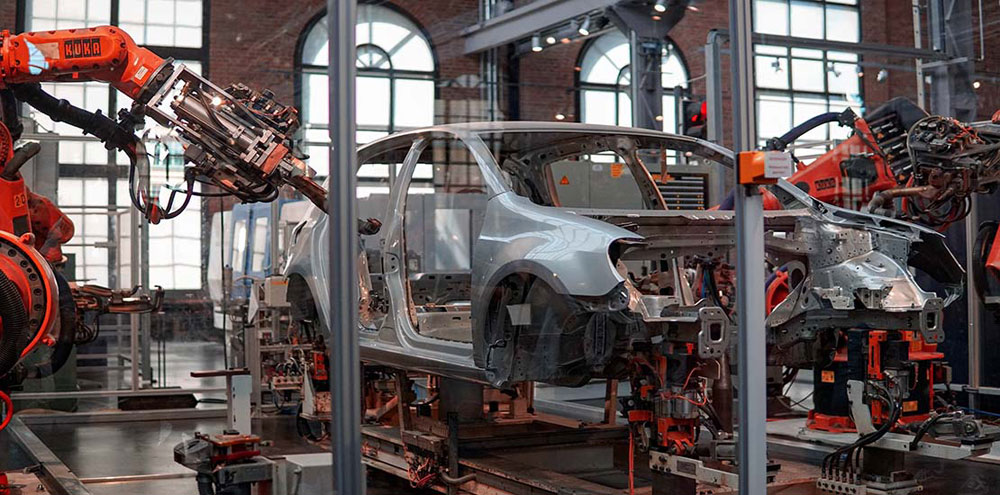Storage is a huge step in the supply chain, especially for construction industries. Storing goods not only results in a financial loss but also adds another step into the handling process. The storage of raw materials can be expensive, especially for materials that need selected care such as hazardous products or delicate goods.
By assessing your storage space, you can find ways to utilise it better. Simply by placing products closer together and adding shelves and organisers. You should also consider whether or not everything in the storage unit actually needs to be there.



